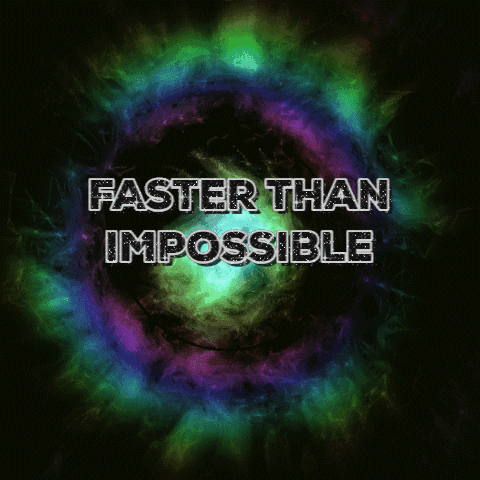
A staple of science fiction is faster-than-light travel. A so-called 'hyperdrive' would be convenient for traversing the light-years between stars. But is it impossible?

It is impossible for a thing to travel faster than the speed of light. But what exactly is meant by a “thing”? By considering various thought experiments, we conclude that the ultimate speed limit applies to information.
According to relativity, the speed of light, c, is the ultimate speed limit of the universe.
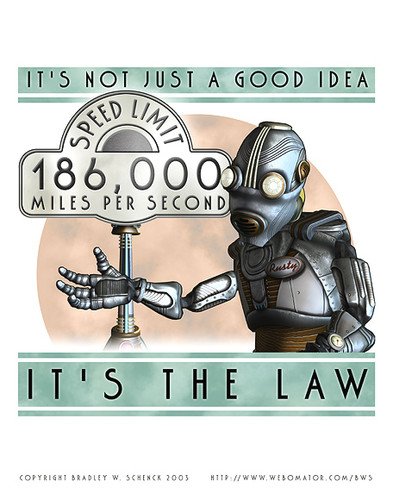
If a spaceship cannot travel faster than the speed of light, it will need years to travel between the stars. We say that “nothing” can travel faster than light, but what do we mean by a “thing”?
Light travels at c in empty space but more slowly through a medium, because it interacts with atoms in the medium.
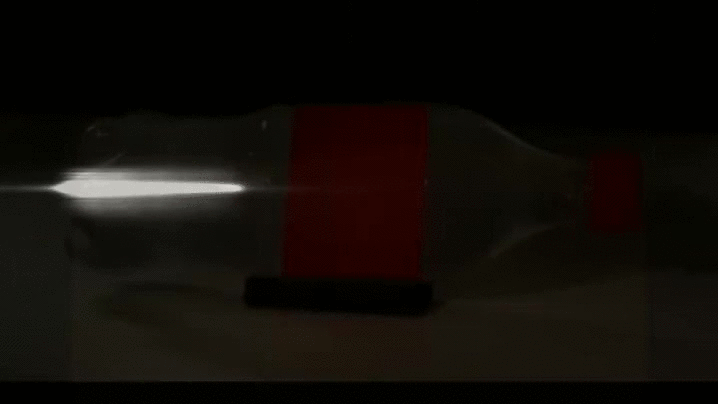
In water, waves of visible light travel at only 75% of c. But it is possible for particles to travel through the water faster than 75% of c. Charged particles going through a medium slower than c, but faster than light, produce Cherenkov radiation, named for Pavel Cherenkov, a Russian physicist.
Can we conceive of something that goes faster than c?

Imagine 2 straight edges overlapping at a thin angle like the blades of a pair of scissors. If you open the blades at a speed just slower than c, their point of intersection scoots sideways, maybe faster than c. Of course, the point of intersection is not really a thing. It is a geometric relationship.

Imagine instead, a pulse of light sent down an empty tube at speed c. The pulse would appear brightest (and have the most energy) in the middle and would be dimmer at the ends. Add a transparent medium to the tube and send another pulse: The second pulse travels at a slower speed, lagging behind the first. The pulse bunches up; an initial wide pulse becomes a narrow pulse, and the center of the emerging pulse arrives ahead of the first pulse—the light goes faster than c!
How have we violated the speed limit?
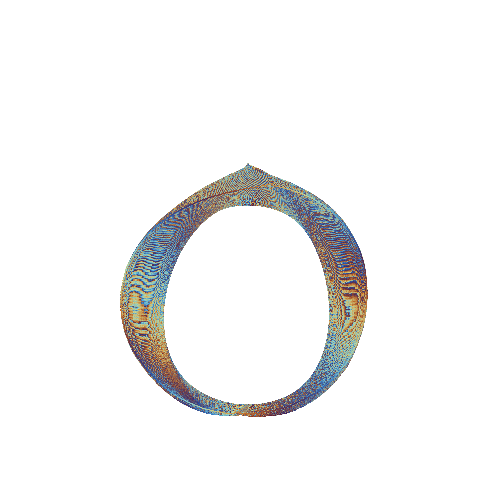
There is a sense in which the emerging pulse is not the same energy. The medium absorbs and emits energy as the pulse passes. More importantly, the center of the pulse arrives faster because the pulse gets narrower. The leading edge of the pulse never goes faster than c. What is at the leading edge? The news that a pulse is coming. It contains the information.
The real principle at work is that it is impossible for information to travel faster than the speed of light.
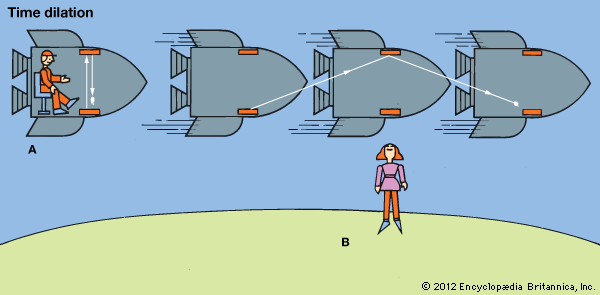
To find out why, we need to dig a little deeper into the theory of relativity. One important effect of relativity is time dilation—simply stated, a moving clock runs slowly. Time dilation affects everything, not just wristwatches: Moving atoms and molecules vibrate more slowly, unstable particles last longer, and even the biochemical processes of the body slow down at speeds close to c. In the space-time view, the ticks of a clock are events along its world line. A moving clock’s ticks appear more widely spaced on a graph.
How does time dilation apply to the speed of information?
Imagine Alice is at rest and Bob is traveling near c, such that Alice’s clock appears to run twice as fast as Bob’s. If Alice could send Bob a signal that traveled faster than c, it would appear to Bob that her signal was going backward in time.
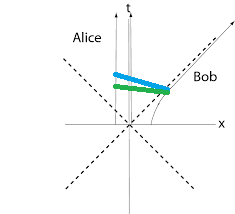
When Bob replied to Alice, his signal would reach Alice before she sent the original message. Thus Alice could use Bob as a relay to send a message into her own past.
Because we know this would create a time telegraph paradox, we know sending messages faster than light is impossible. This exercise demonstrates the link between “faster than light” and “backward in time.” Since any object carries information (even simply “here comes the object”), no object can travel faster than light.
The conventional idea is of time as a line, where “now” is a point on the line with “the future” on one side and “the past” on the other.
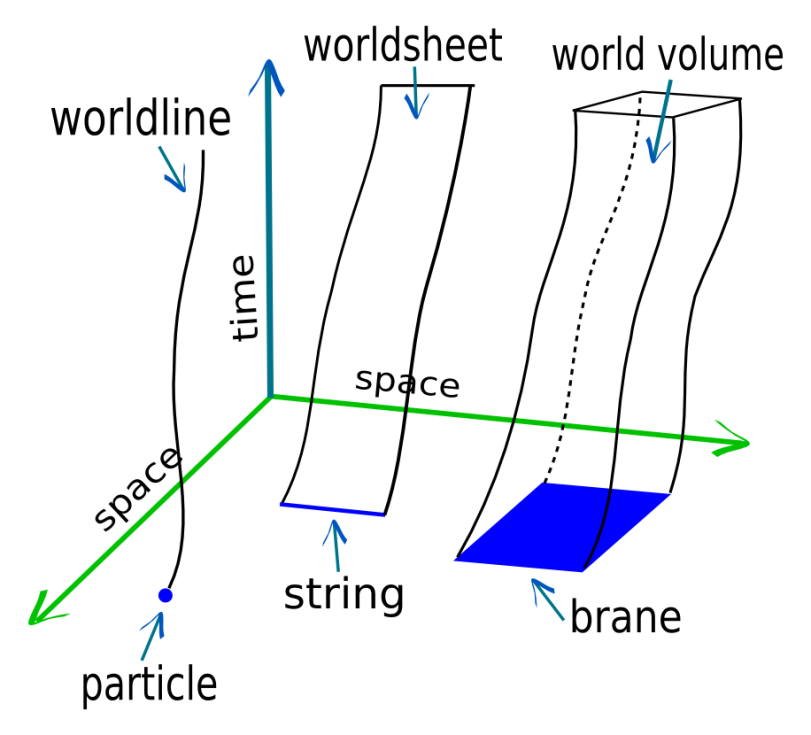
In space-time, now is a point on a graph, and my world line passes through it. Because I cannot go faster than light, the future of my world line must lie inside the light cone of the present event. The light cone thus contains all the parts of the universe I can visit, all events in the universe that I can affect. In the same way, the only past events that could have an effect on here-and-now lie in the event’s past light cone.
The light-cone structure is fundamental to Faster than Light Travel.

- It tells us which events can influence which other events.
- It demonstrates the causal structure of space-time.
- It controls how objects and information can move in space-time.
Questions for thought:
Think of some events that are
(a) within your future light cone,
(b) within your past light cone,
(c) outside of either.
Which events can you (in principle) influence?
Which could have had an influence on you?
Suppose that different observers can launch spaceships that can travel faster than light. How can you use such spaceships to create a grandfather paradox.
FOLLOW @pjheinz
Impossible Science
#1 - THREE TYPES OF IMPOSSIBLE
#2 - ALMOST IMPOSSIBLE
#3 - ABSOLUTE ZERO IMPOSSIBLE
#4 - IMPOSSIBLE PERPETUAL MOTION
#5 - CHAOS MAKES PREDICTING THE FUTURE IMPOSSIBLE
#6 - IMPOSSIBLE TIME TRAVEL
#7 - MAXWELL'S IMPOSSIBLE DEMON
#8 - GHOST PARTICLES AND THE SUN
#9 - THINKING IN SPACE-TIME
#10 - FASTER THAN LIGHT
